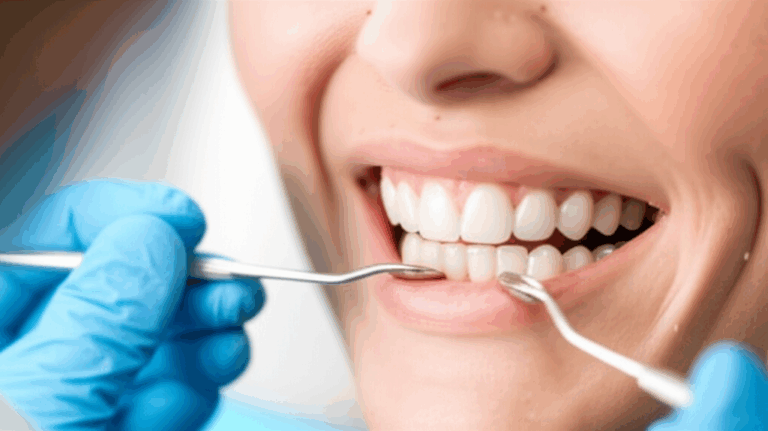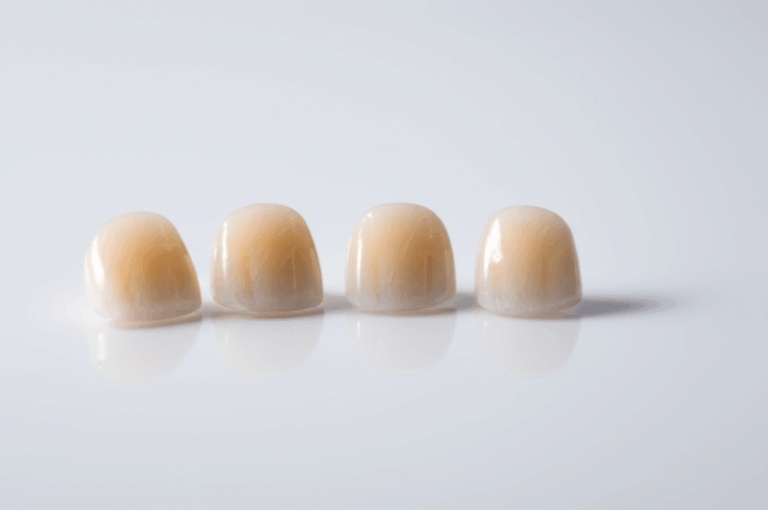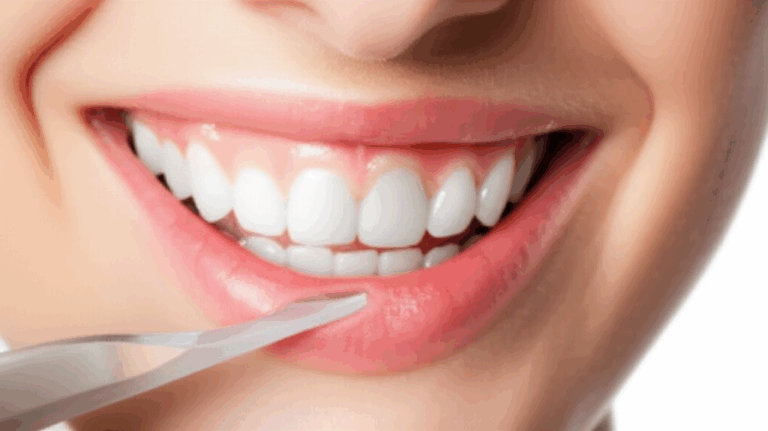
Can You Use a Straw After a Dental Implant? The Simple Guide to Safe Recovery
If you just got a dental implant and you’re wanting to use your favorite straw, you’re not alone. It’s a common thing to wonder: “Can I use a straw after a dental implant?” Maybe your dentist gave you a list of rules, or maybe you forgot to ask. Either way, this is an important question—and you deserve a clear answer.
Before we start, it’s good that you care about healing the right way. What you do in the first days after an implant really does make a difference. Let’s break down the facts so you can heal fast, avoid problems, and get back to your normal drinks with no worries.
In This Article
- Why You Should Not Use Straws After Dental Implant Surgery
- What is Dry Socket and Why is it Bad for Healing?
- When Is It Okay to Use a Straw Again?
- How to Drink Safely After Getting an Implant
- Simple Aftercare Tips for Dental Implants
- How to Spot Problems: When to See Your Dentist
- Questions People Ask About Dental Implant Healing
- Final Thoughts: How to Heal Your Implant Site
Why You Should Not Use Straws After Dental Implant Surgery
So, can you use a straw after getting an implant? No, it’s not a good idea at first. But let’s talk about why.
Why the Blood Clot Matters
Think of a tiny blanket covering the spot where you had surgery: that’s your blood clot. Right after your dentist puts in your implant, your body makes this shield. It sits over your wound to protect the bone, nerves, and tissue underneath. If it falls out, healing is at risk.
When you use a straw, you make a pulling force in your mouth. It’s a bit like pulling out a plug from water and letting everything rush out. That’s what can happen to your blood clot if you use a straw too early—it might get pulled away.
How Suction Can Hurt Healing
Straws don’t just move your drink. The sucking can pull out your blood clot and even loosen the stitches in your gum. This opens up the wound to more pain, germs, or slow healing.
The Big Problem: Dry Socket
Maybe you’ve heard about dry socket from someone who had a tooth pulled. It can happen after implants too, though it’s not as common. A dry socket happens when the blood clot falls out. It can hurt a lot, and using a straw, smoking, or swishing with mouthwash too hard can make it more likely.
Stitches Can Come Loose
Your stitches are there to keep the gum closed up and safe. Too much pulling or sucking can make them come out or make the wound bleed again. This just slows everything down.
In Short
Just don’t use the straw yet. You’re only waiting a little while, and your mouth will heal better and faster.
What is Dry Socket and Why is it Bad for Healing?
Let’s talk about dry socket. What is it, and why does it matter so much?
Signs of Dry Socket
Dry socket, or alveolar osteitis, is when the blood clot doesn’t form or falls out from where your dental work was done. The bone and nerves are then out in the open. This often means:
- Really sharp pain at the spot, which can even move up to your ear or head.
- Bad breath or a weird taste in your mouth.
- You might even see bone if you look at the spot.
- Swelling or a bad taste that won’t go away with brushing.
Why It’s a Big Deal for Implants
Dry socket is not just about pain. Without a good blood clot, your bone and gums can’t heal right, and germs can get in. The implant might not join well with the bone, which is called osseointegration. If this doesn’t happen right, the implant might not work at all.
Quick Look at the Science
- Blood clot = shield for healing.
- Lose the clot = pain, germs, slow healing.
- Straws are one of the main reasons for losing the clot.
When Is It Okay to Use a Straw Again?
How long do you need to wait? Here’s what most dentists say.
How Long You Should Wait
Most dentists say: Wait at least 7 to 10 days before using a straw. A few will say wait two full weeks, especially if you needed extra work done (like bone added or more than one implant).
It might seem long, but waiting really helps. The mouth starts to heal quickly, but deep healing takes weeks or even months.
Why You Might Need More Time
Some people heal slower, especially if they:
- Had bone or sinus work done too
- Smoke
- Have health problems like diabetes
- Take medicines that affect healing
Don’t just mark the calendar. Pay attention to how your mouth feels. If it’s hurting, swollen, or bleeding after a week, wait longer.
Always Ask Your Dentist
If you’re not sure, call your dentist. They know what’s best for your mouth.
Bottom Line
If your mouth feels good (no pain, swelling, or bleeding) and your dentist says it’s okay, you can use a straw again. When in doubt, wait longer.
How to Drink Safely After Getting an Implant
Don’t worry! Even without a straw, you can drink normally and heal well. Here’s how.
Sip from a Cup
This is the easiest and safest way. Just tip your head and let the drink flow into your mouth. Don’t swish it or spit hard afterward.
Use a Spoon for Small Sips
If drinking is still tough, use a spoon to take in little bits of water or your favorite drink, being careful not to touch the surgical spot.
What to Drink—and What to Skip
Good Choices:
- Cool or room temperature water: Always safe
- Milk or soft smoothies (not too thick!): Good, but skip the straw
- Mild juices (not sour ones): Like diluted apple juice
Skip These:
- Hot drinks: Can make you bleed more
- Soda: Bubbles can hurt your mouth
- Alcohol: Slows healing and can mess up your meds
- Sour juices: Like orange or tomato—these sting!
- Sugary drinks: Can cause infection
Simple Aftercare Tips for Dental Implants
Healing after implants is about more than just how you drink! Here’s a quick guide.
Tips for Less Pain and Swelling
- Take pain medicine just like your dentist says.
- Put a cold pack on your cheek for 20 minutes at a time—the first two days help most.
- Sleep with your head up—extra pillows help stop swelling.
Eat Only Soft Foods
Go for:
- Apple sauce, yogurt, pudding, mashed potatoes.
- Scrambled eggs, soft pasta, cottage cheese.
Try not to chew near the implant. Cut food into small bits.
Check out more food tips in our dental practical guide.
Be Careful with Brushing and Rinsing
- Brush your other teeth gently, with a soft brush.
- Be careful around the implant. Don’t brush right over the stitches at first.
- Rinse with salty water or what your dentist gives you. Don’t swish or spit hard—let the liquid drip out.
Don’t Smoke or Drink
Smoking makes it harder for your gums to heal. Alcohol slows down healing and affects medicine. This is a good time to stop both.
Rest Matters
Take it easy the first 2–3 days. Don’t do tough exercise or heavy lifting—it can make things bleed more.
Take Your Medicine
Finish your antibiotics and use your pain medicine as your dentist tells you. Even if you feel fine, finish your pills unless your dentist says not to.
How to Spot Problems: When to See Your Dentist
Watch for signs that things are not going well. Here’s what to look for.
Infection Signs
- Pain that lasts or gets worse after 3–4 days
- Swelling that gets bigger, not smaller
- Redness, pus, or weird tastes that don’t go away
Too Much Pain or Bleeding
If you keep bleeding or your pain gets bad, call your dentist right away.
Loose Implants
If the implant feels wobbly, moves, or you see gum pulling away from it, call the dentist—these things can usually be fixed quickly if you go in soon.
Questions People Ask About Dental Implant Healing
Here are some of the most common questions (and answers!).
Q: Can I use a straw after 3 days?
A: No, it’s too soon. Wait at least a week, better two weeks.
Q: What if I used a straw by accident?
A: Don’t stress. If you don’t feel new pain or see bleeding, you’re probably okay. But if it hurts, swells, or bleeds, call your dentist to check for problems.
Q: Can I spit after getting a dental implant?
A: No, don’t spit hard. Like straws, this can pull out the blood clot. Let things fall from your mouth gently.
Q: How soon can I drink coffee or alcohol?
A: Wait for no bleeding and avoid hot coffee in the first days. With alcohol, wait at least a week or until you finish any medicines your dentist gave.
Q: Can I use a water bottle with a straw?
A: It’s the same as any other straw—wait until your dentist says it’s safe.
Find more answers and real-life advice in our patient dental section.
What Dentists and the Numbers Say
You’re not just hearing this here—dental pros everywhere agree. Data from dental groups and textbooks shows:
- Dry socket happens in 1–5% after teeth pulled. It’s rarer with implants but can happen if you don’t follow the rules.
- Straws are always on the list of things to avoid after dental surgery.
- Bone and gum healing is best when you follow all advice and avoid things like straws or smoking.
- The first 1–2 weeks are when your gums heal most on the outside, but the full process takes months.
Stick with the instructions, wait a week or two, and you’ll be just fine like most other people.
Your Next Steps: Easy Things to Do for a Healthy Smile
So, what matters most? Here’s how to keep your new implant healthy:
What to Remember:
- Skip the straw for 1–2 weeks.
- Don’t spit, smoke, or do anything with force in your mouth.
- Eat soft foods, drink safe drinks, use a cup or a spoon.
- Pick gentle, cool drinks (no hot stuff, soda, or sour juice).
- If something feels wrong—pain, swelling, bleeding—call your dentist.
- Rest a lot the first few days. Take your medicine just as told.
- Unsure? Ask your dentist. They know best.
You spent time and money on your teeth—don’t risk it with a straw. That smoothie or iced coffee will taste even better when your mouth’s all healed!
Who Should Follow This Advice?
These tips are for everyone with a new dental implant—one, several, or even a whole row. They matter even more if you:
- Had extra bone or sinus work
- Heal slowly (like with diabetes)
- Had dry socket before
- Got implants in the back teeth or chewing teeth
Not sure if your case is “normal”? Reach out to your dentist. They can guide you for your mouth.
Special Note on Dental Implant Materials and Labs
Wonder what goes into your implant or the fake tooth that goes on top? Good parts and good work really matter. Dentists team up with high-quality places, like a china dental lab, or a top implant dental laboratory, for strong, natural-looking teeth. Protecting your healing site keeps your whole investment safe and looking great.
Simple Takeaway (Final Thoughts)
Let’s make it clear:
- Straw after dental implant? Wait at least 1–2 weeks. Don’t risk it.
- Healing is teamwork between you and your dentist. Listen, ask, and don’t go back to old habits too fast.
- Got a question? Ask! No question is silly when it comes to your teeth.
- Drink, eat, and rest in smart ways. Your body will heal quicker and better.
You made the smart move for your smile. Don’t let a straw mess it up. Take your time and soon you’ll be back to sipping, smiling, and enjoying every bite and drink again.
Still need help? Check our dental practical guide or talk to your dental team. We’re rooting for you every sip of the way.








